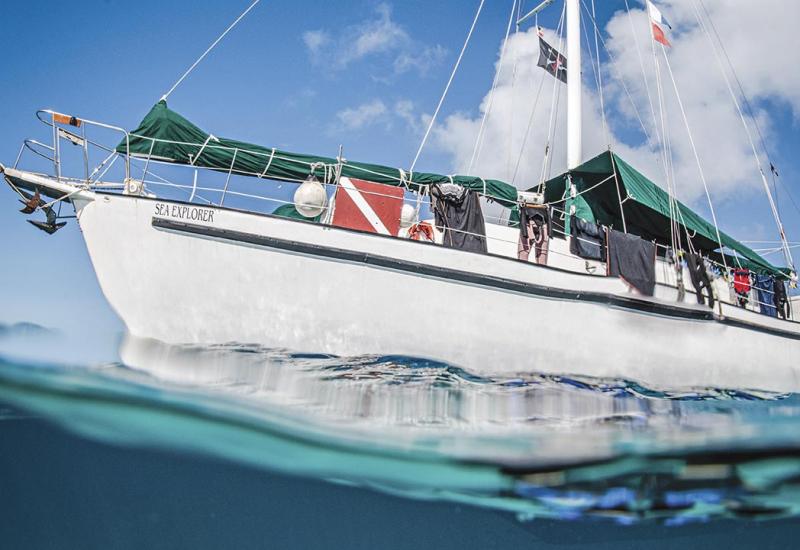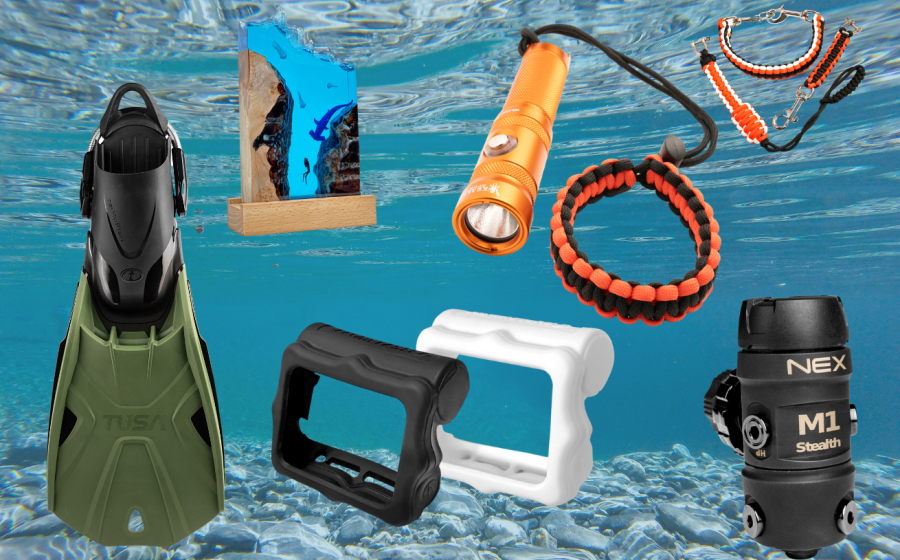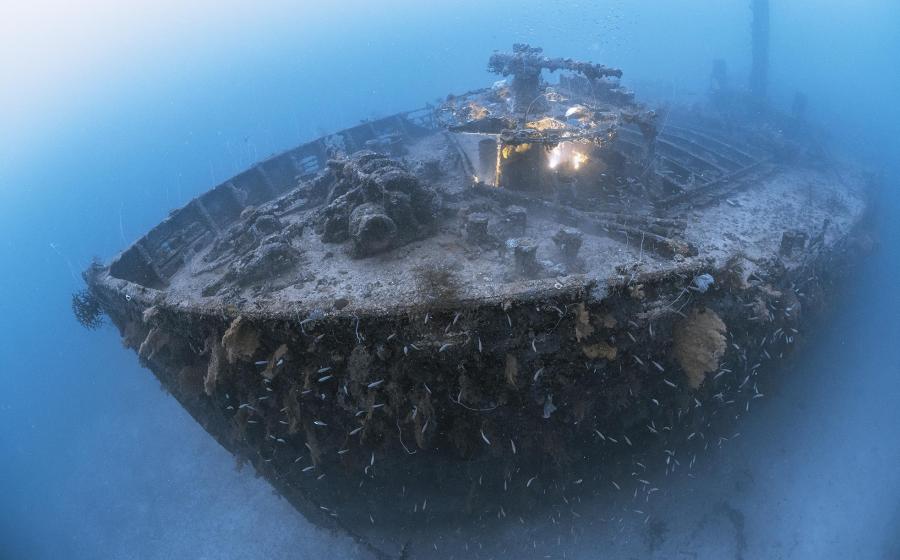How To Care For Your Scuba Regulator
The regulator is a link to the underwater for scuba divers, and a piece of equipment that needs to be in tip-top shape and monitored for performance constantly. Make sure you take care of your reg by properly prepping it for a dive and cleaning it afterward. Here are a few maintenance tips from our Gear Editor for keeping your regulator in tip-top shape for as long as possible.
REG CARE — BEFORE YOU DIVE
• Carefully check the hoses on your reg for signs of wear or damage
• Check the fittings and filter for corrosion
• Check the venturi and breathing adjustments to make sure they operate smoothly
• Inspect the mouthpiece for damage or wear, and make sure it’s securely fastened
• Check for leaks; with the dust cap still on, or the reg connected to a tank with the valve still closed, try to inhale through the mouthpiece; if you can draw air in, there’s a leak somewhere, most likely the exhaust diaphragm
• Finally, connect your reg to a tank and open the valve fully, then exhale and take several deep breaths while watching the pressure gauge; the pressure shouldn’t drop; if it does, it’s a sign of a restriction or other problem that requires service
REG CARE — AFTER YOU DIVE
• If possible, soak your reg while connected to a tank with the valve open – that way, no water can get into the first stage where it can cause corrosion
• If you don’t have a tank handy, keep the dust cap securely in place; the important thing is to keep water out of the first stage
• Soak your reg thoroughly in clean fresh water to remove any salt, sand or other debris
• While it’s soaking, slide back hose protectors to expose the fittings
• Operate the breathing adjustment and Venturi switch and let water run through the second stage
• Don't press the purge while soaking if the reg isn’t connected to a tank, because that can let water into the first stage
• Finally, dry your reg out of the sun before replacing the hose protectors and storing it for your next dive










